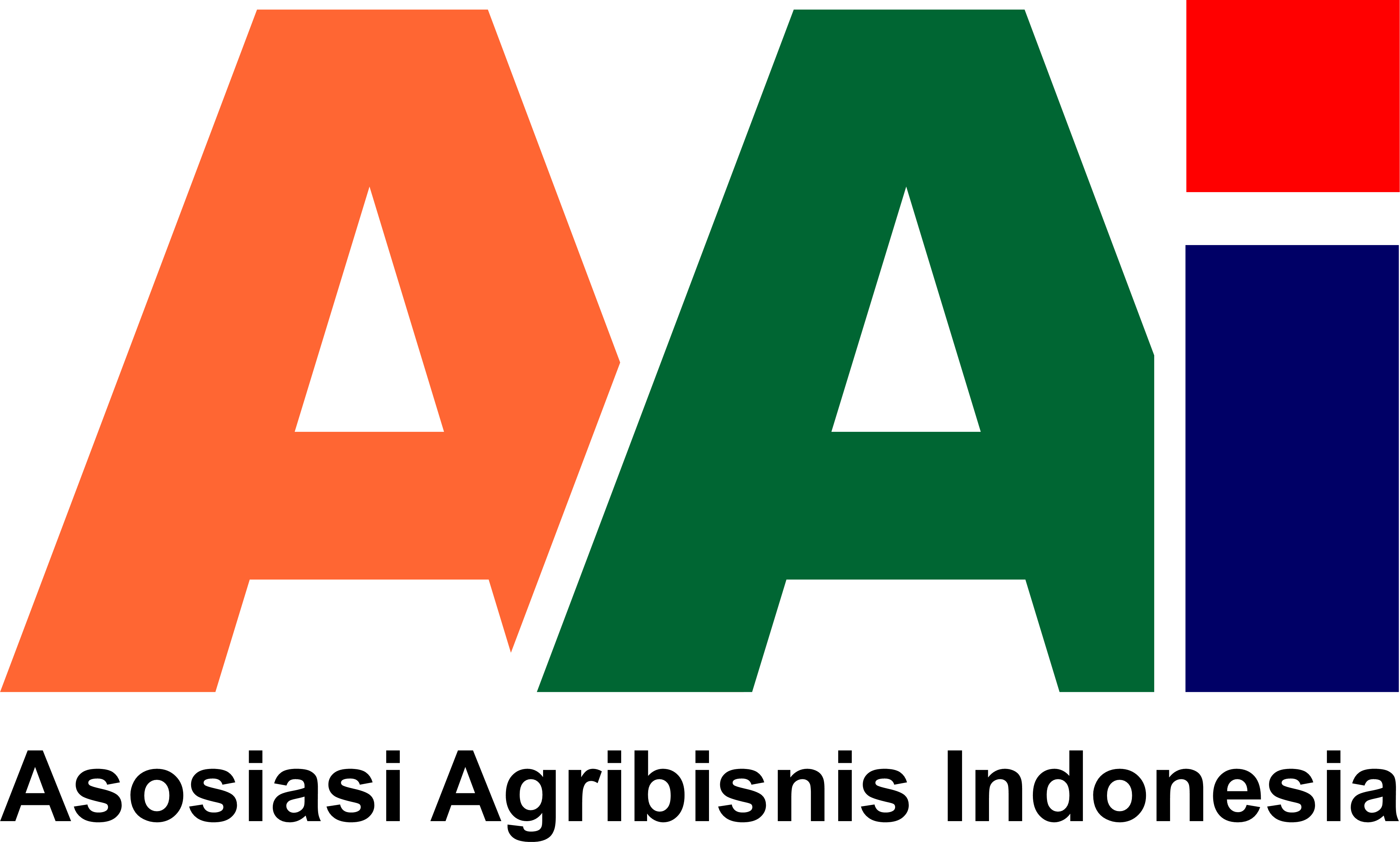KEBANGKITAN LADANG BERPINDAH DI NAGARI SILAYANG KECAMATAN MAPATTUNGGUL SELATAN KABUPATEN PASAMAN PROVINSI SUMATERA BARAT
Abstract
Infrastructure development and ProRLK (deforested Land Rehabilitation Project) a Government of Indonesia collaboration prpject with The German Technical Coorperation Agency (GTZ) in 1992, has shifted the pattern of shifting cultivation to rubber farming in Nagari Silayang. Households engaged in shifting cultivation for food needs, stopped this entrenched practice, and focused on rubber plantations for food needs and financial means. But in recent years, the practice of shifting cultivation has been rife in Nagari Silayang. This phenomenon refutes the theory of agricultural transformastion in many previous studies, which concluded that shifting agricultural patterns lead to patterns that increasingly leave shifting cultivation. The purpose of this study, is to find the factors that cause farm households in Nagari Silayang to return to shifting cultivation, and find ways or strategies to stop forest clearing for swidden land. The research method used is descriptive qualitative and quantitative. Data collection uses observation, key informant interviews and household surveys. the results showed that the revival of shifting cultivation in Nagari Silayang was caused by the decline in global rubber prices, maintaining food security, and efforts to increase household income. This will have an impact on biodiversity damage and even natural disasters, because old forests are converted to agricultural land. This leads to negative impacts on biodiversity and can result in natural disasters, as old forests are converted to agricultural land.
Downloads
References
Bailey, K. Methods of Social Research. New York: The Free Press
Contreras-Hermosilla, A. & Fay, C. (2006). Memperkokoh pengelolaan hutan Indonesia: melalui pembaruan penguasaan tanah, permasalahan dan kerangka tindakan. Bogor: Bogor World Agroforestry Center dan Forest Trends.
Cramb, R. 1989. The use and productivity of labor in shifting cultivation: An East Malaysian case study. Agricultural Systems, 29 (2): 97-115.
Dove, M.R. 1983. Theories of swidden agriculture and the Political Economy of Ignorance. Agroforestry Systems, 1 (2): 85-89.
Damayanti, L. 2012. Pengaruh irigasi terhadap kesempatan kerja, kemiskinan dan ketahanan pangan rumahtangga tani di daerah irigasi Parigi Moutong. Disertasi Pasca UGM.
Fay, C dan G, Michon, 2005. Redressing forestry hegemony: When a forestry regulatory framework is best replaced by an agrarian and forest. Tree and liveliboods. Vol 15
Banham, Eleanor Kingwell and Fuller, Dorian Q. Shifting cultivation in South Asia: Expansion, marginalisation and specialization over the long term. Quaternary International, 249 (2012) 84-95.
Gujarati, D. 1991. Ekonometrika Dasar. Cet. II. Jakarta: Erlangga
Isdijoso, S.H., E. Sutisna and A. Bilang, 1990. Kajian aspek sosial ekonomi dalam rangka pengembangan kapas di lahan sawah bero. Penelitian Tanaman Tembakau dan Serat, Malang.
Mahdi dan Yonariza. What is the Minimum Rubber Price to Stop Farmers Converting Old Growth Forest into Shifting Cultivation ?. Malays. Appl. Biol. (2017) 46 (4): 111-118
Mertz, Ole et.al 2009. Swidden Change in Southeast Asia: Understanding Causes and Consequences. Human Ecology. 37, 259-264
Mertz,Ole., Tongmanivong, Sithong., Heinimann A., Phanvilay, K. Shifting Cultivation Stability and change: contrasting pathways of land use and livelihood change in Laos. Applied Geography, Vol. 46, 2014, p. 1-10
Mukul, Sharif A, Herbohn, 2016, The Impacts of shifting cultivation on secondary forests dynamics in tropics: A synthesis of the key findings and spatio temporal distribution of research, Enviromental Science & Policy, 55 (2016) 167-77
Mulyoutami, Elok., Noordwijk, Meine Van., Sukantaladewi., Niken., Agus, Fahmuddin, 2010. Perubahan Pola Perladangan, Bogor: ICRAF.
Nugraha, Iman Sastra., Alamsyah, Aprial., Sahuri Sahuri., Komiditi Gambir sebagai Tanaman Sela diantara Karet untuk Meningkatkan Pendapatan Petani Karet (Studi Kasus: Desa Toman, Sumatera Selatan), E-Jurnal Warta Perkaretan Pusat Penelitian Karet, E-ISSN; 2503-5207, P-ISSN: 0216-6062, Vol. 37, No 2 (2018) http:// ejurnal puslitkaret.co.id/index.php/wartakaret)
Padoch, C. & Pinedo-Vasquez, 2010. Saving Slash and Burn to save Biodiversity. Biotropica, 42 (5): 550-552.
R Lal, Shiftin cultivation verses Sustai-nable Intensification. Reference Module in Earth System and Enviromental Sciences, 2015
Raintree and Warner, 1986, Agroforestry pathways for the intensification of shifting
cultivation, Agroforestry system, 4: 39-54
Rianto, Slamet, Strategi Petani Karet dalam Memenuhi Kebutuhan Hidup di Nagari Taruang-Tarung Kec. Rao Kabupaten Pasaman, Jurnal Spasial ISSN:2540, ISSN: 25414380, Program Studi Pendidikan Geografi STKIP PGRI Sumatera Barat, Vol 1, No 1 (2014)
Suratiyah, K. 2006. Ilmu Usahatani. Jakarta: Penebar Swadaya
Soekartawi, 1993. Prinsip dasar ekonomi pertanian teori dan aplikasi. Edisi Revisi. Jakarta: Rajawali Press.
Teegalapalli, Karthik and Datta, Aparajita, Field to a forest: Patterns of forest recovery following shifting cultivation in the Eastern Himalaya. Forest Ecology and Management. 364.173-182.10.1016/J. Foreco. 2016.01.006.
Van Vliet, N., Mertz, O., Heinimann, A., Laganke, T. & Pascual,U. 2012. Trends, drivers, and impacts of changes in shifting cultivation in tropical forest-agriculture frontiers: A global assessment. Global Environmeltal Change, 22 (2): 418-429.
Vongvisouk, T., Mertz, O., Thongmanivong, S., Heinimann, A. & Phanvilay, K. 2014. Shifting cultivation stability and change: Constrasting pathways of land use and livelihood change in Laos. Applied Geography, 46: 1-10.
Wangpakapattawong, P., Kavinchan, N., Vaidhayakarn, C., Schmidt-Vogt, D. & Elliot, S. 2010. Follow to Forest: Applying Indigenous and Scientific Knowledge of Shifting Cultivation to Tropical Forest Restoration. Forest Ecology and Management, 260 (8): 1399-1406.
Weriantoni., Srivani, Musbatik, Lukman., Fini, Febriani, Silvia dan Maivira, Analisis Faktor-faktor yang Mempengaruhi Kesejahteraan Petani Karet (Studi kasus di Nagari Limo Koto Kec. VII Kabupaten Sijunjung), Jurnal Teknologi Pertanian Andalas Vol. 21, No. 2, September 2017, ISSN 14010-1920, EISSN 25794019.













